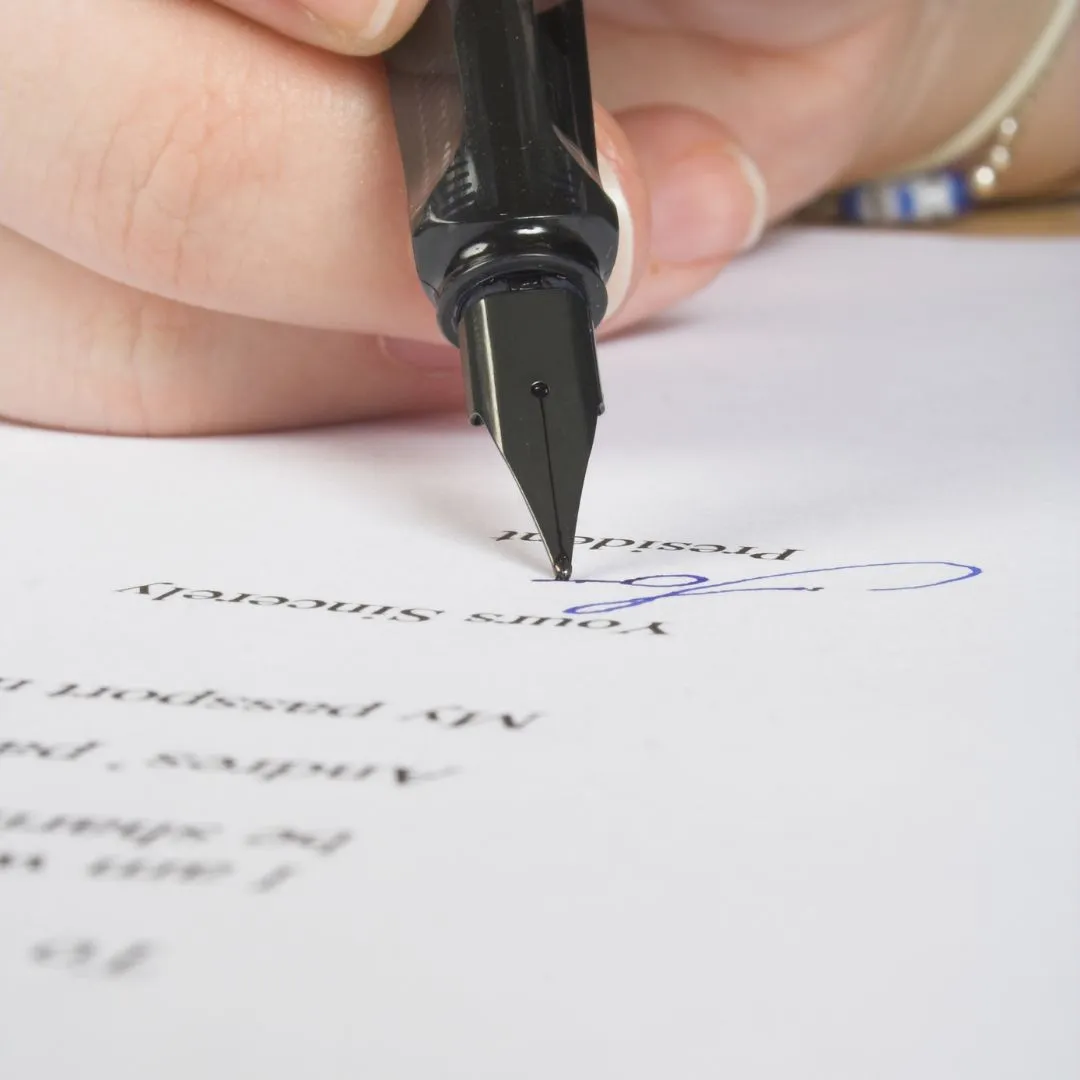Write a Winning Cover Letter for Civil Engineering Proposals
Cover Letter for Civil Engineering Proposals
How to Write a Winning Cover Letter for Your Civil Engineering RFP Responses
By: Lindsay Mooradian, P.Eng. | Written: May 2024
It does not matter if you are writing a cover letter for a civil engineering proposal , a new job, or something else, the cover letter should never be an afterthought. In our opinion, the cover letter is the most important piece of your proposal as it sets the tone for the remaining document. It is the first thing your potential client is going to read, so the way it is written either gets them excited to read what you have to offer, or grumble, thinking how quick can they get through this document and onto something else.
Your cover letter needs to be written in a way that grabs your potential clients attention and shows them how your firm is uniquely qualified to complete the proposed project. Therefore, it should never be boilerplate or copied from your last proposal and it should not be left until 30 minutes before the time the proposal is due. It should be well thought out and creatively crafted, just like the rest of your proposal document .
In this article, you will learn:
What is a Cover Letter?
At a high level, an RFP response cover letter is a single-page letter addressed to a prospective client. It introduces your company, explains why you are bidding, and how your proposed solution is the best civil engineering solution for the project. The cover letter is essentially a quick pitch to the potential client about why your company is the most uniquely qualified firm to complete the work.
This is also where you get to be personal, and let your passion for the proposed project shine through. It is the first glimpse your potential client has into who you are. The letter should come across as conversational, genuine, and confident.
What to include in your RFP Response Cover Letter?
A winning cover letter not only demonstrates your technical expertise but also conveys your passion for the project and commitment to client satisfaction. So what should you include in your cover letter?
- Start with a greeting and brief introduction of your company.
- Address your potential client’s needs, the proposed project, and its challenges. This is where you can really show that you know your client and you did your homework about the proposed project. Highlight your client’s core values, their motivation behind the project, and what they are most concerned about when navigating through the solution.
- Provide a very brief overview of how you plan to address the proposed civil engineering project, whether it be a wetland study, a plant upgrade, or an entirely new road design. Do not explain the entire solution as you will do that in the proposal document. But highlight the top few solution features that touch on the client’s key issues and values. This is also where you can highlight what makes you uniquely qualified for the project.
- Finish with a strong closing statement that includes a call to action, your contact information, and an actual signature. The signature should be from the highest ranking person on the proposal team or in the firm.

Cover Letter vs. Executive Summary

You are probably wondering “why do I need a cover letter when I have written a great executive summary?” That is a fair question since they both share a lot of similarities. They are both short, introductory documents that precede your proposal. But do you know the difference between a cover letter and an executive summary?
A cover letter is a single page letter that is less formal and more personal, showing who your company is and why you are passionate about your work and the proposed project.
An executive summary can be anywhere from one to three pages, depending on the proposal, is formally and technically written, and provides an overview of your proposal and the solution you are proposing.
Both the cover letter and executive summary are crucial components of a winning civil engineering proposal document.
Tips for Writing a Winning Cover Letter
Recently, we surveyed a number of our civil engineering clients. We asked them, on average, how much does your firm spend on a single proposal and how many proposals do you submit on average per month.
The average cost is around $10,000 per proposal, and firms submit anywhere from 10 (the smaller firms with less than 500 employees) to 50 (the larger firms that employ over 2,500 people) per month.
With that amount of time and money spent on proposals, you want to make sure you are creating winning proposals to make up for that non billable time and keep your team busy with projects. Those winning proposals all start with a great cover letter. Below is a list of our favorite tips for creating a winning cover letter:
- Know your client – What makes your client tick? What are they passionate about? What are their core values? What are their priorities? What is the motivation behind the project? Speak directly to your client when writing your cover letter.
- Focus on your client – This is where you can highlight your knowledge about the client and their needs. Leave all the wordage about your team and their accomplishments for the actual proposal document and resume pages.
- Do your homework – What are the core issues driving this project. There are always a number of projects that need to be completed, but the most important ones get pushed to the front of the list. Why is this project so important to the client? What are the key issues that need to be addressed?
- Capture their attention right away – Use the first paragraph to capture the readers attention right away. Do not start with the generic “thank you for this opportunity”.
- Tell a story – This is your opportunity to be personal and creative. Everyone loves a good narrative. Use it to capture the attention of your readers.
- Make it authentic – This is not the place for a lot of technical jargon. Make this letter sound more conversational, like you are an actual human being, not a bot writing a technical document.
- Be clear and concise – You only have one page, a couple paragraphs at most. Use clear and concise language (no fluff!) to get your point or your narrative across.
- Keep the letter focused – There is so much that can be discussed in the cover letter, and there is so much that will be addressed within the proposal document itself. Keep the cover letter focused on the top three or four points that are going to be most compelling to the reader, that touch on the client’s key pain points, and that fit within your narrative.
- Call to action – Always close your cover letter with a call to action, inviting the client to engage further with your proposal. Offer to discuss any questions or concerns they may have about your proposal and express your eagerness to work with them in this project.
- Proofread and edit – This is the first impression of your team and their work. Grammatical errors can be interpreted as you do not pay attention to detail or you rush your work. Do not give them any reason to doubt you before they even get to your proposal document.
- Follow submission guidelines – Check the RFP document carefully for any guidelines relating to the submission. Some RFPs provide page limits and if the cover letter is included in the page limit, font type and size requirements, or formatting requirements.
When writing the proposal document, we have a great article called Top 12 Winning Engineering Proposal Tips that you might want to check out.
Common Mistakes to Avoid
When we were in our consulting days, we wrote a number cover letters. These are a few common mistakes that we saw and that some of our clients say they see on a regular basis.

- Do not just provide a summary of your executive summary or proposal.
- Do not make the focus about your company or your team and their accomplishments. Your resume is included in the proposal document so do not waste your cover letter reiterating your firm or your team’s resume.
- This is not the time to be generic. Do not start with the traditional “thank you for this opportunity” or any other line that can be referred to as “fluff.”
- Do not submit a simple cover letter that only reads “please see enclosed proposal.”
- Do not leave writing the cover letter until the last minute.
- Do not make the cover letter too wordy or more than one page.
And above all, do not forget to include a cover letter !
The post Write a Winning Cover Letter for Civil Engineering Proposals appeared first on Equator .
Full content in Equator Studios






